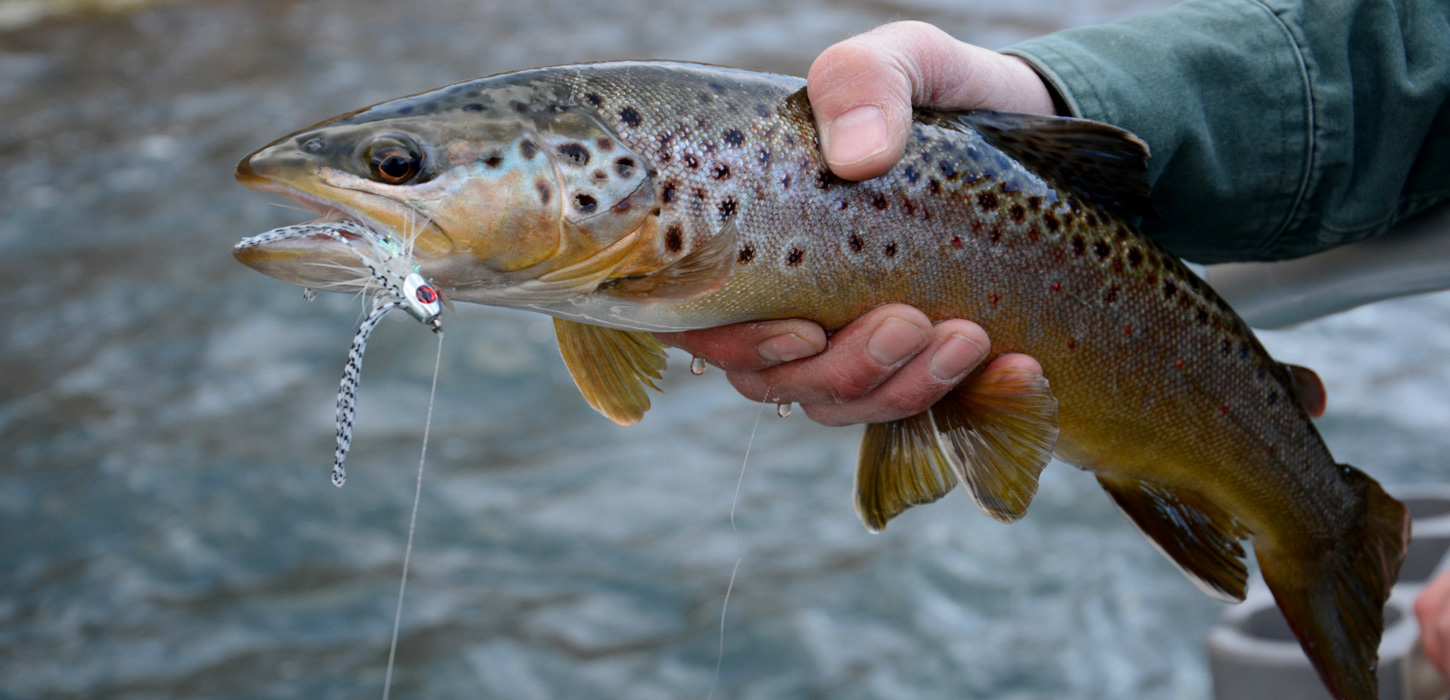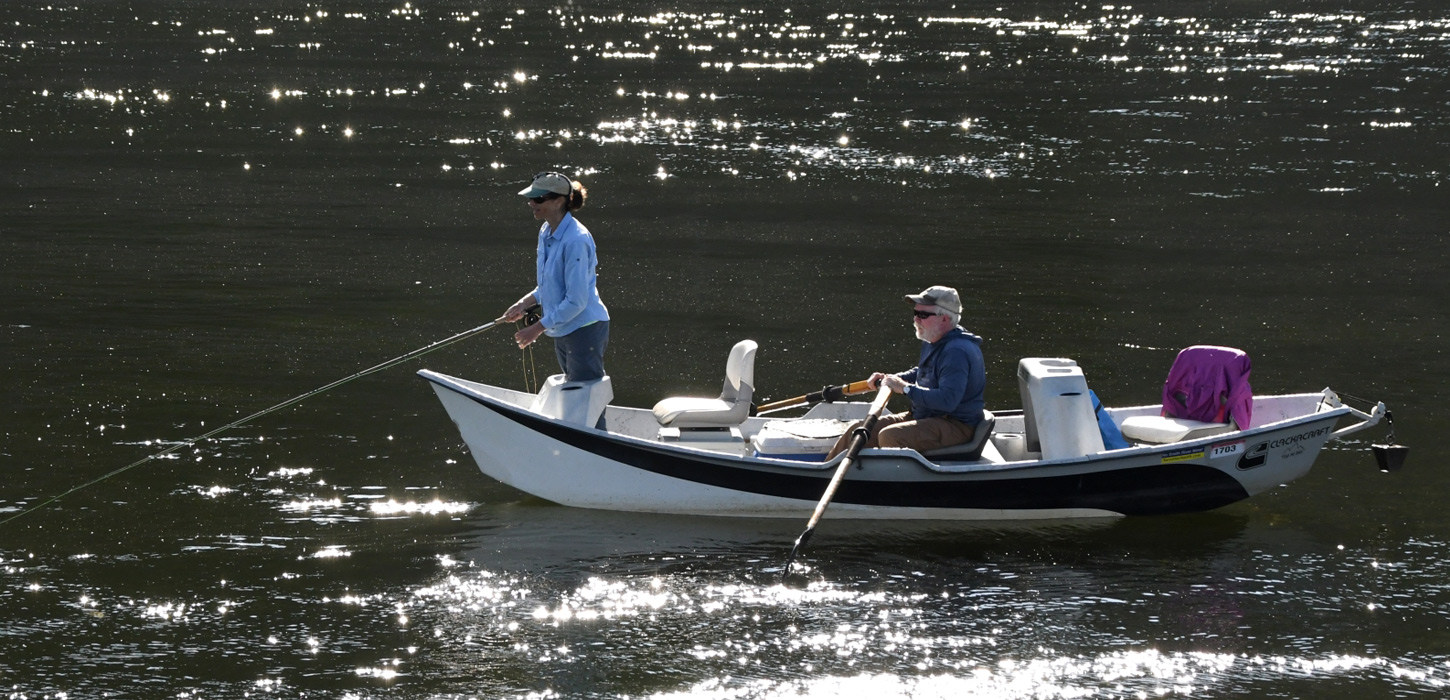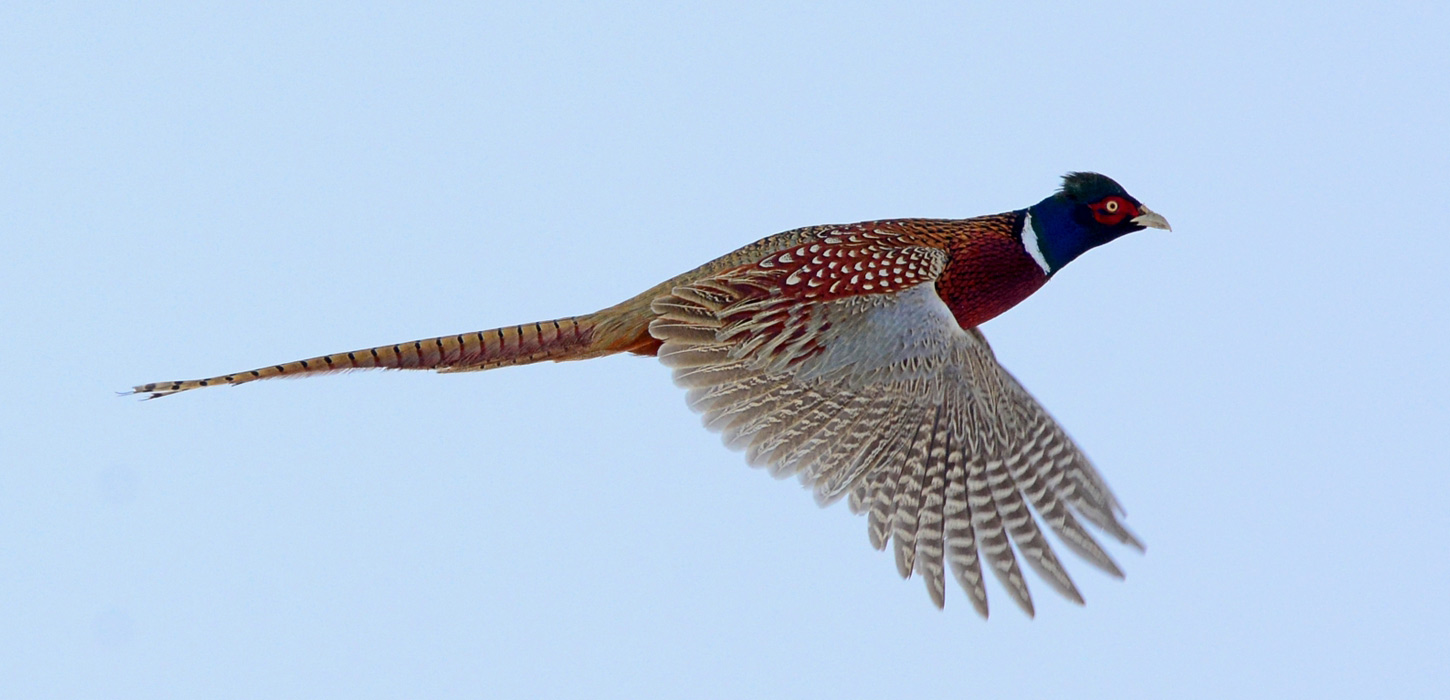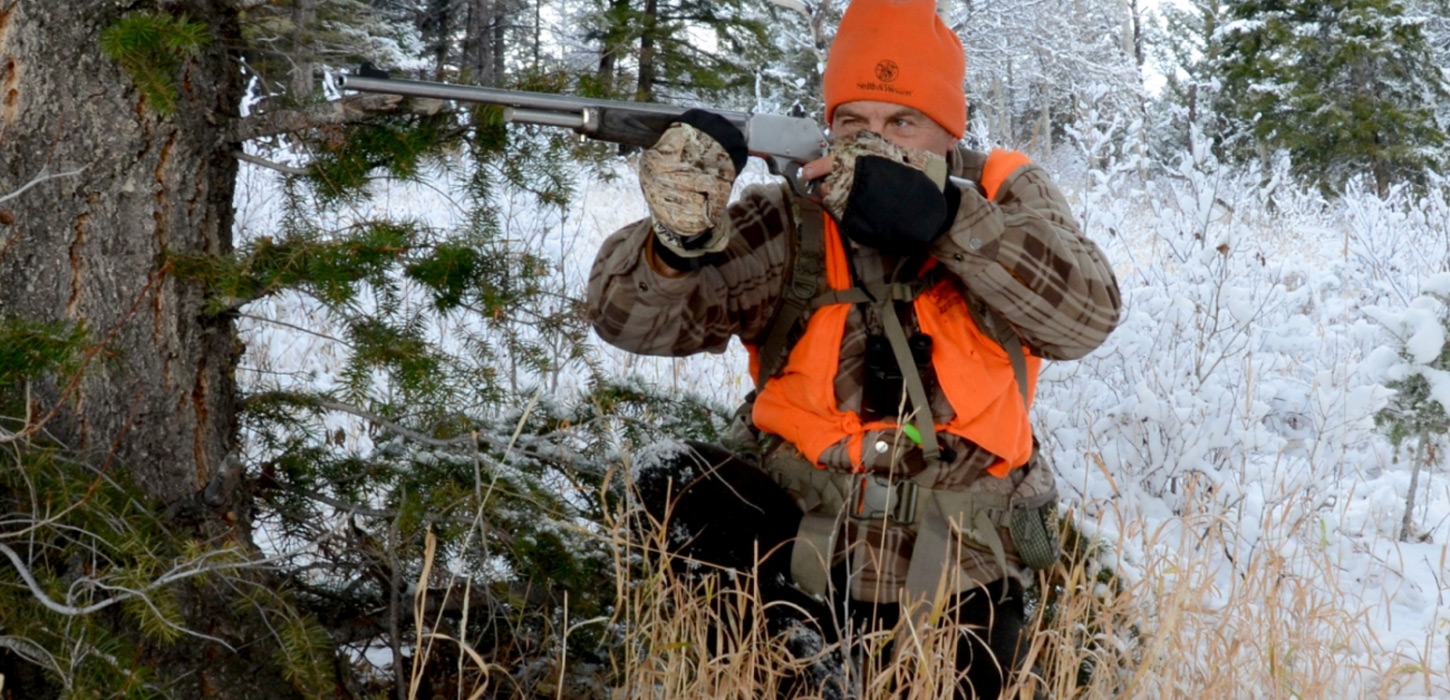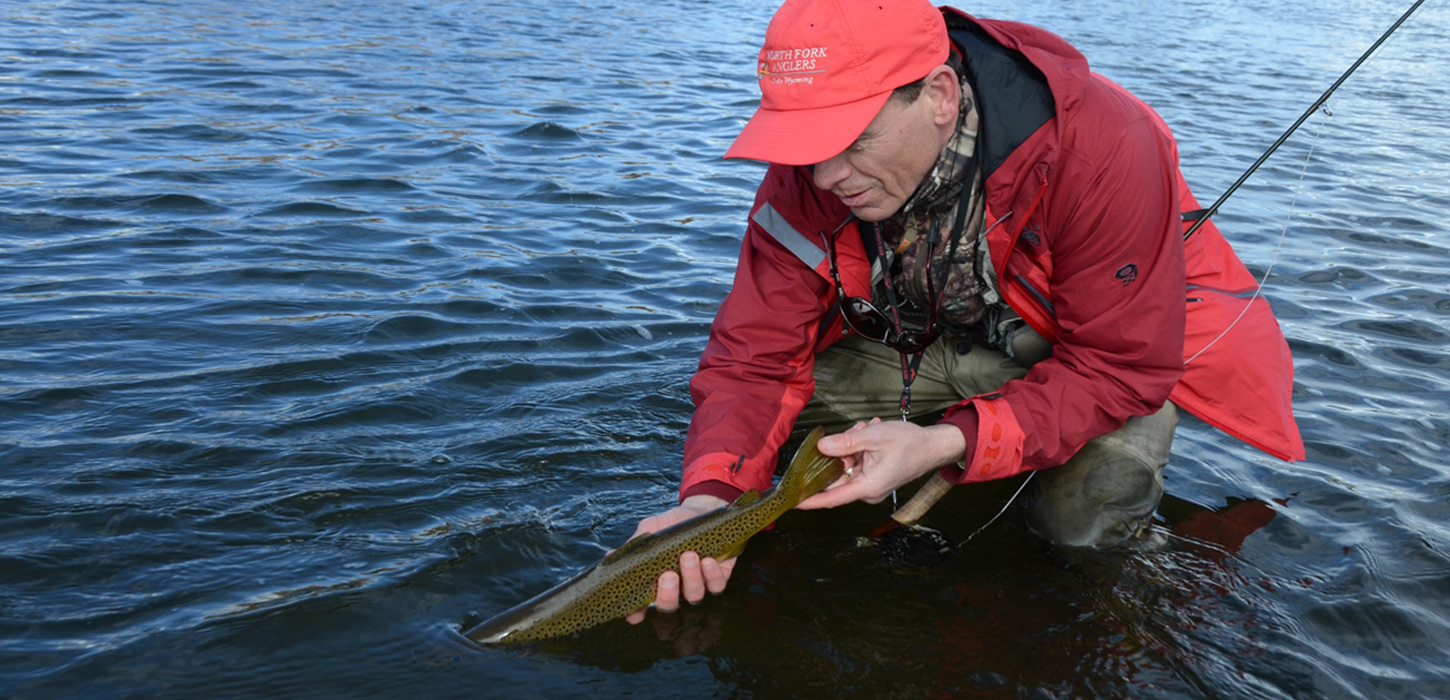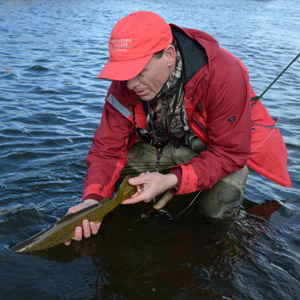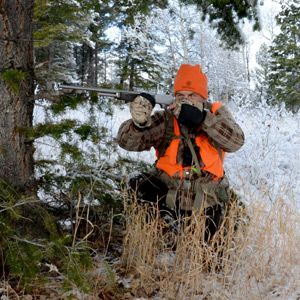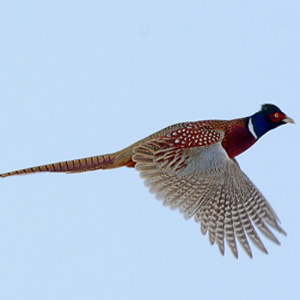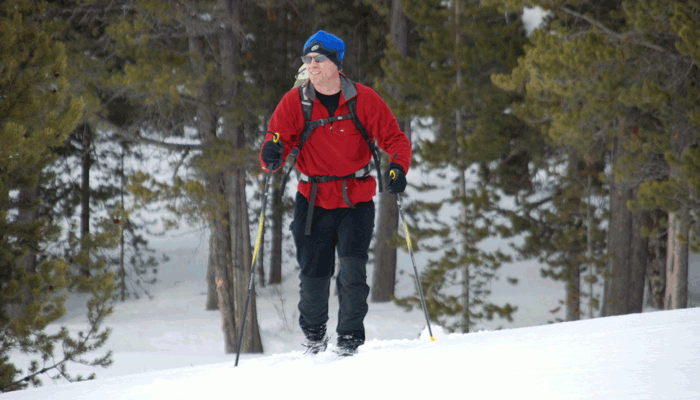Hi. Welcome to the website of Jack Ballard, one of the most widely published outdoor writers in the United States. He’s a pretty darn good photographer, too. Browse this site for lots of great photos, hunting tips, wildlife and conservation articles, fishing information, links to publications to which he contributes for gear that helps him succeed, no matter the endeavor. This site contains four main parts:
HUNTING: Articles, tips, books, photos, links and blog entries related to hunting, primarily big-game.
FISHING: Articles, tips, destinations, photos, links and blog entries related to fishing, primarily fly fishing.
NATURE/WILDLIFE: Articles, destinations, photos, books, links and blog entries related to nature and wildlife.
TRAVEL/OUTDOOR RECREATION: Articles, tips, destinations, photos, links and blog entries related to travel and outdoor recreation.
SIGN UP! to receive new content from Jack direct to your inbox.
PHOTO FANS: Want to see more of Jack’s and spouse Lisa Densmore’s photography? Tell us your specific needs and we’ll quickly put together a custom image gallery for you to peruse. Contact us!

